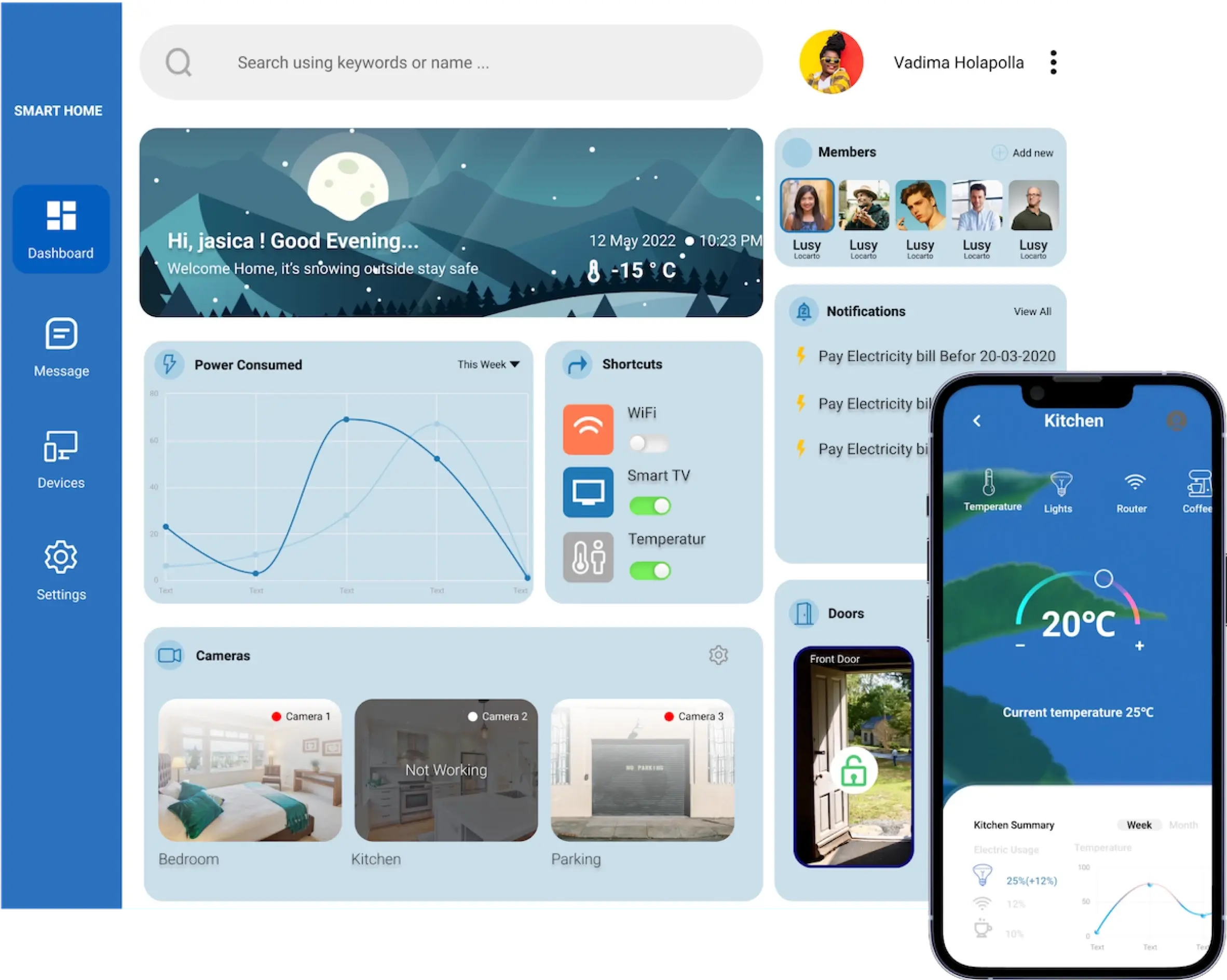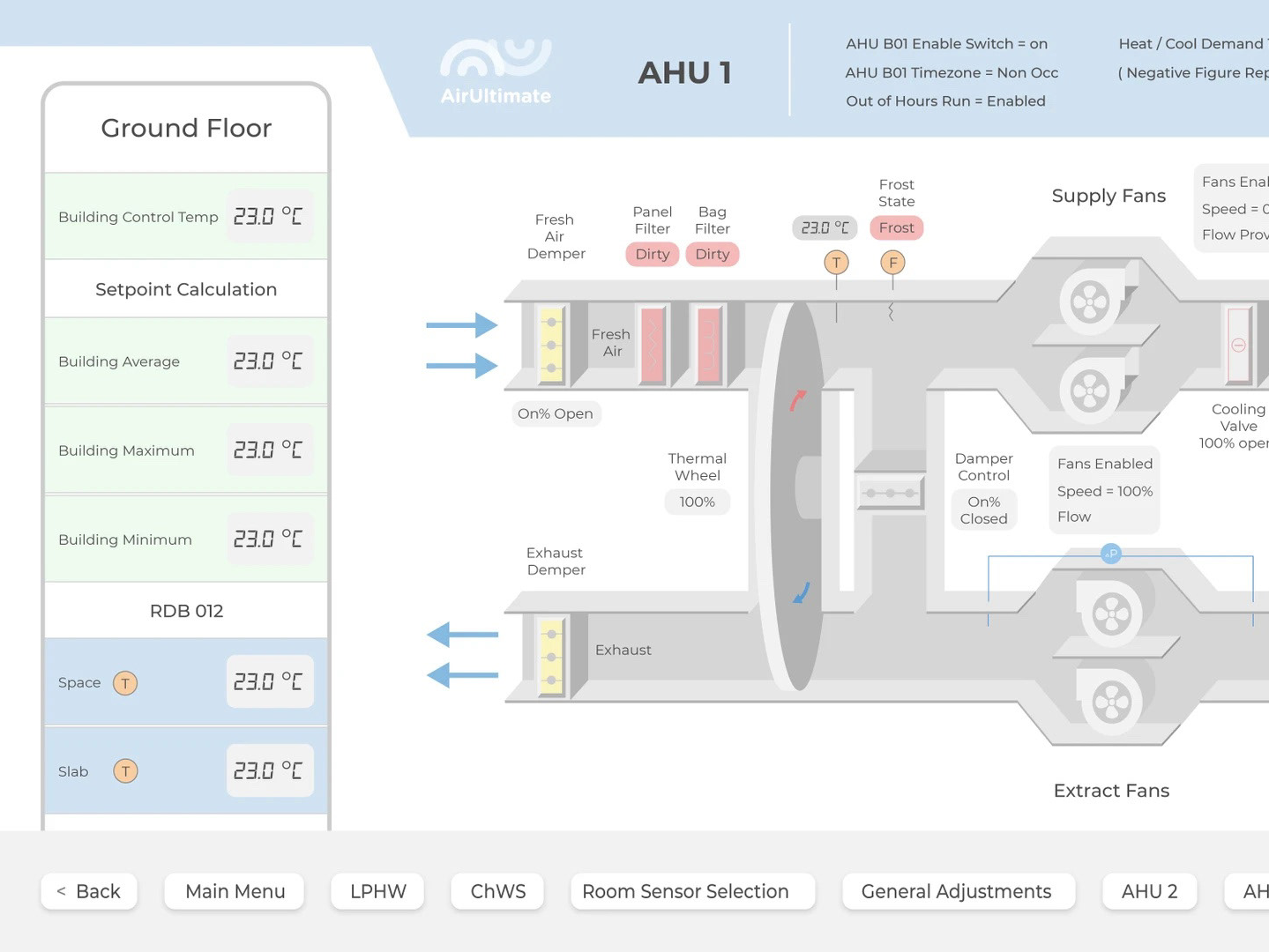IoT SSH Management: Secure Platforms & Best Practices!
In a world increasingly reliant on interconnected devices, are you truly confident in the security of your IoT infrastructure? Securing your IoT management platform with robust SSH key practices is no longer optional, its a fundamental necessity for protecting your data and maintaining operational integrity.
The Internet of Things (IoT) has woven itself into the very fabric of modern existence, permeating industries from healthcare and manufacturing to transportation and smart homes. Managing and securing this sprawling network of devices presents a unique set of challenges. One of the most effective and widely adopted solutions for secure remote access and management is the utilization of SSH (Secure Shell) keys in conjunction with robust IoT management platforms. These platforms act as centralized hubs, streamlining device management, enhancing security protocols, and unlocking the full potential of remote operations. Choosing the right platform and implementing best practices for SSH key management are critical for building a secure, reliable, and scalable IoT project.
The importance of securing IoT devices cannot be overstated. With each connected device representing a potential entry point for malicious actors, the risk of data breaches, system compromises, and even physical harm is significantly elevated. SSH keys offer a powerful alternative to traditional password-based authentication, providing a more secure and efficient method for verifying the identity of users and devices. By leveraging SSH keys in conjunction with a comprehensive IoT management platform, organizations can significantly reduce their attack surface and improve their overall security posture.
- Filmywap 2025 Kostenlose Hindifilme Infos Jetzt Entdecken
- Filmyfly 2025 Kostenlose Filme Serien Legal Streamen Erfahre Mehr
Consider a scenario where hundreds or even thousands of IoT devices are deployed across a vast geographical area. Manually managing each device individually would be a logistical nightmare, not to mention a significant drain on resources. An IoT management platform, integrated with SSH key authentication, allows administrators to remotely monitor, configure, and update devices from a central location. This streamlines operations, reduces the risk of human error, and ensures that all devices are running the latest security patches and software versions.
However, the effectiveness of SSH keys and IoT management platforms hinges on proper implementation and adherence to best practices. Weak key generation, insecure storage, and inadequate monitoring can all undermine the security benefits and leave your IoT infrastructure vulnerable to attack. Therefore, a thorough understanding of SSH key management principles and the capabilities of leading IoT management platforms is essential for building a truly secure and resilient IoT ecosystem. This article will delve into the key considerations for selecting an appropriate IoT management platform, explore best practices for SSH key management, and provide practical guidance for troubleshooting common issues.
| Feature | Description |
| Centralized Device Management | Provides a single interface for monitoring, configuring, and updating all connected IoT devices. |
| Secure Remote Access | Enables secure remote access to devices using SSH keys or other strong authentication methods. |
| Automated Software Updates | Streamlines the process of deploying software updates and security patches to devices. |
| Real-time Monitoring and Alerting | Provides real-time visibility into device health and performance, and generates alerts for critical events. |
| Data Analytics and Reporting | Collects and analyzes data from devices to provide insights into performance, usage patterns, and potential issues. |
| Security Features | Includes features such as encryption, access control, and intrusion detection to protect devices from unauthorized access. |
| Scalability | Designed to handle a large number of devices and users without compromising performance. |
| Integration with Other Systems | Integrates with other IT systems, such as cloud platforms, databases, and security information and event management (SIEM) systems. |
Managing IoT devices securely is crucial in today's interconnected world. One of the most effective ways to ensure secure access to your IoT management platform is by using SSH keys. It streamlines the management of IoT devices at scale, improving operational efficiency and reducing risks. Selecting the best SSH IoT platform isn't simply about choosing software; it's about establishing a secure, reliable, and scalable foundation for your IoT project. The right platform will simplify device management, enhance security protocols, and unlock the full potential of remote operations. By understanding the common causes of SSH key failure and following the troubleshooting steps, you can quickly restore connectivity. Remember to adhere to best practices for SSH key management and secure your IoT platform to protect data and devices.
- Filmyfi Tollywood Alles Was Filmfans Wissen Mssen
- Movierulz 2025 Telugu Tamil Mehr Filme Online Finden Streamen
Jfrog Connect, part of the Jfrog platform, simplifies and secures the entire IoT development lifecycle. Manage and secure your software supply chain, from developer to device, with a single platform. This article will explore how to leverage IoT management platforms and SSH keys to keep your digital world safe. IoT management platforms are like the superheroes of the tech world. We will also explore the factors to consider when choosing the best IoT platform for your needs and highlight examples of the best IoT platforms.
Understanding IoT management platforms: what exactly are they? In essence, they are sophisticated software solutions designed to orchestrate, monitor, and secure the vast ecosystem of connected devices that comprise the Internet of Things. These platforms provide a centralized interface for managing devices, collecting data, automating tasks, and ensuring the overall health and security of the IoT infrastructure. They play a crucial role in enabling organizations to harness the full potential of IoT technology by simplifying the complexities of device management and providing actionable insights from the data generated by these devices.
The core functionalities of an IoT management platform typically include device provisioning, configuration management, remote monitoring, software updates, security management, and data analytics. Device provisioning involves securely onboarding new devices onto the network and configuring them for optimal performance. Configuration management allows administrators to remotely adjust device settings, ensuring that they are operating according to predefined policies. Remote monitoring provides real-time visibility into device health, performance metrics, and network connectivity. Software updates enable administrators to deploy security patches, bug fixes, and new features to devices remotely, ensuring that they are always running the latest software versions. Security management encompasses a range of features designed to protect devices from unauthorized access and cyber threats. Finally, data analytics provides tools for analyzing the data generated by devices, identifying trends, and gaining valuable insights into device usage and performance.
Several factors contribute to the growing demand for IoT management platforms. The proliferation of IoT devices across various industries has created a need for centralized management solutions that can handle the sheer volume and complexity of these deployments. The increasing sophistication of cyber threats has also made security a top priority, driving the demand for platforms that offer robust security features and proactive threat detection capabilities. Furthermore, the need for real-time data insights and actionable intelligence has fueled the demand for platforms that can collect, analyze, and visualize data from IoT devices, enabling organizations to make data-driven decisions and optimize their operations.
The benefits of implementing an IoT management platform are numerous and far-reaching. These platforms can significantly reduce operational costs by automating tasks, streamlining device management, and improving overall efficiency. They can also enhance security by providing centralized control over device access, implementing security policies, and monitoring for suspicious activity. Moreover, IoT management platforms can improve data insights by collecting, analyzing, and visualizing data from devices, enabling organizations to make better decisions and optimize their operations. Finally, they can accelerate innovation by providing a platform for developing and deploying new IoT applications and services.
When selecting an IoT management platform, organizations should carefully consider their specific needs and requirements. Factors to consider include the number and type of devices being managed, the desired level of security, the need for data analytics, and the integration with other IT systems. It is also important to evaluate the platform's scalability, reliability, and ease of use. Some of the leading IoT management platforms on the market include AWS IoT, Microsoft Azure IoT Hub, Google Cloud IoT Platform, and IBM Watson IoT Platform. Each of these platforms offers a unique set of features and capabilities, so it is important to carefully evaluate them to determine which one best meets your specific needs.
Best practices for remote IoT management are essential for ensuring the security, reliability, and performance of your IoT infrastructure. These best practices encompass a wide range of considerations, from device provisioning and configuration management to security monitoring and incident response. By following these best practices, organizations can minimize the risks associated with managing remote IoT devices and maximize the value of their IoT deployments.
To make the most of SSH for remote IoT platform management, follow these best practices. Regularly update SSH software and firmware on all devices. This is perhaps the single most important step you can take to protect your IoT devices from security vulnerabilities. Software updates often include patches for known security flaws, so keeping your devices up to date is essential for preventing attacks. Limit SSH access to trusted users and devices. Granting SSH access to only those who need it reduces the risk of unauthorized access and data breaches. Implement strong authentication mechanisms, such as SSH keys, to further enhance security. Keep the IoT device and SSH software up to date: Regularly update your IoT device's operating system (OS) and SSH software to patch any known security vulnerabilities. This includes installing security updates and patches for the OS and SSH software as they become available.
Restart the SSH service to apply the changes. After making changes to the SSH configuration, it is important to restart the SSH service to apply the changes. This ensures that the new configuration is properly loaded and that the changes take effect. Key features of remote IoT platforms should be taken into account when choosing the right solution for your needs. When evaluating remote IoT platforms, it's important to consider the features they offer. Below are some key features to look for in a remote IoT platform. IoT management platforms typically offer a number of security features to protect your IoT devices during the software update process. An encrypted connection and secure token exchange are vital for secure communications.
In today's interconnected world, the Internet of Things (IoT) has become a cornerstone of modern technology. As the number of connected devices continues to grow exponentially, the need for robust and secure management platforms becomes increasingly critical. By understanding the key concepts, best practices, and available solutions, organizations can effectively manage their IoT deployments and unlock the full potential of this transformative technology. The integration of SSH keys with comprehensive IoT management platforms represents a powerful approach to securing remote access and ensuring the overall integrity of the IoT ecosystem.
Unleashing the magic of filmyfly your ultimate bollywood movie hub. This statement seems unrelated to the topic of IoT management platforms and SSH keys and should be removed or replaced with content relevant to the article's focus. The inclusion of irrelevant content detracts from the overall coherence and credibility of the article.
- Achtung Betrug So Schtzt Du Dich Deine Lieben Vor Scams
- Kannada Filmregeln Variationen Trends Im Berblick

Best IoT Management Platform SSH Free A Comprehensive Guide To Managing Your IoT Devices

Best IoT Management Platform SSH Free A Comprehensive Guide To Managing Your IoT Devices

The Top 10 IoT Connectivity Management Platforms Expert Insights